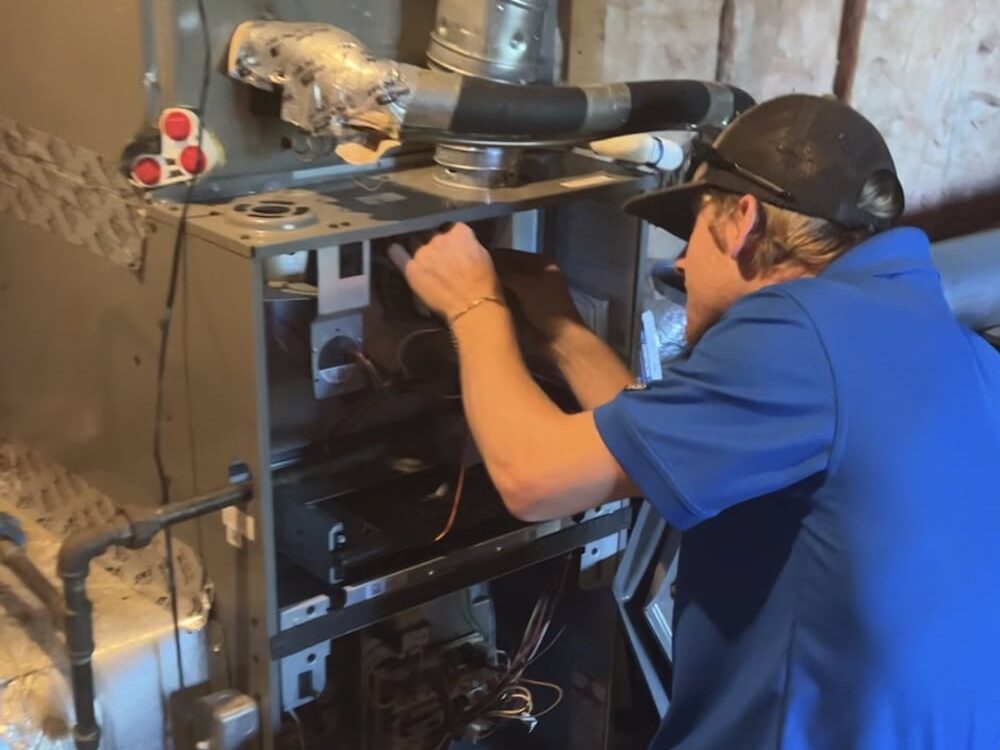As autumn arrives, the shift in temperature prompts a necessary transition within our homes, activating our heating systems. But, this seasonal shift is famously troublesome for these systems because months of inactivity followed by sudden demands often expose hidden weaknesses. Understanding these challenges can help you remain proactive and prevent discomfort as temperatures continue to drop.
Why Autumn Is Risky for Heating Systems
From Cooling to Heating Mode
For months, your heating systems may have remained dormant. As they transition from inactivity to operating mode, even minor issues may surface as larger problems.
Thermal Stress and Thermal Cycling
Autumn’s fluctuating temperatures, with warm days and chilly nights, impose thermal stress on components, causing expansion and contraction cycles that test the integrity of materials.
Moisture and Humidity Effects
Increased humidity during the summer can foster conditions for mold growth or corrosion within the system, potentially compromising its performance during cooler months.
Aging Components Reveal Themselves
Parts that are nearing the end of their service life often demonstrate their limitations when operation resumes, increasing the chances of failure.

Common Heating Problems That Appear in Autumn
Clogged or Dirty Air Filters
Blocked filters restrict airflow, reducing efficiency and overworking the system.
Thermostat Failures, Calibration, or Misconfiguration
Issues with the thermostat can lead to erratic behavior, such as overheating or insufficient functionality.
Ignition or Pilot Control Issues
Furnaces reliant on gas ignition face challenges if these systems are dirty or misaligned.
Faulty or Weak Blower/Fan Motor or Bearings
Fans that aid heat distribution can wear out, creating uneven distribution or noise.
Leaky, Damaged, or Cold-Side Ductwork
Compromised ducts decrease efficiency and can lose heat before it reaches your rooms.
Electrical and Wiring Problems
Connections that have loosened or corroded pose risks ranging from energy inefficiency to safety hazards.

Early Warning Signs Homeowners Should Not Ignore
Detecting Issues Early: A Checklist
- Strange noises such as clanking or whirring.
- Unusual smells, like mustiness or burners.
- Weak or uneven heating through different rooms.
- Heating cycling more frequently than usual.
- Noticeably climbing energy bills without increased usage.
Importance of Seasonal Inspections
Scheduling a heating inspection before predictable cold hits ensures any minor issues can be rectified beforehand, saving frustration during winter’s peak.
Steps to Take Before the Cold Sets In
Pre-Season Inspection
Hire a professional to service and tune up the system during early autumn.
DIY Checks for Homeowners
Replace air filters, test thermostats, inspect exposed ductwork, and monitor for any unusual system behaviors, such as odd sounds.
Preparation Tips
Keep all vents clear of obstructions, seal cracks around doors or windows, and test safety devices, like carbon monoxide detectors.
Upgrade Opportunities
Consider installing a smart thermostat or adding zone controls for enhanced efficiency and comfort.
